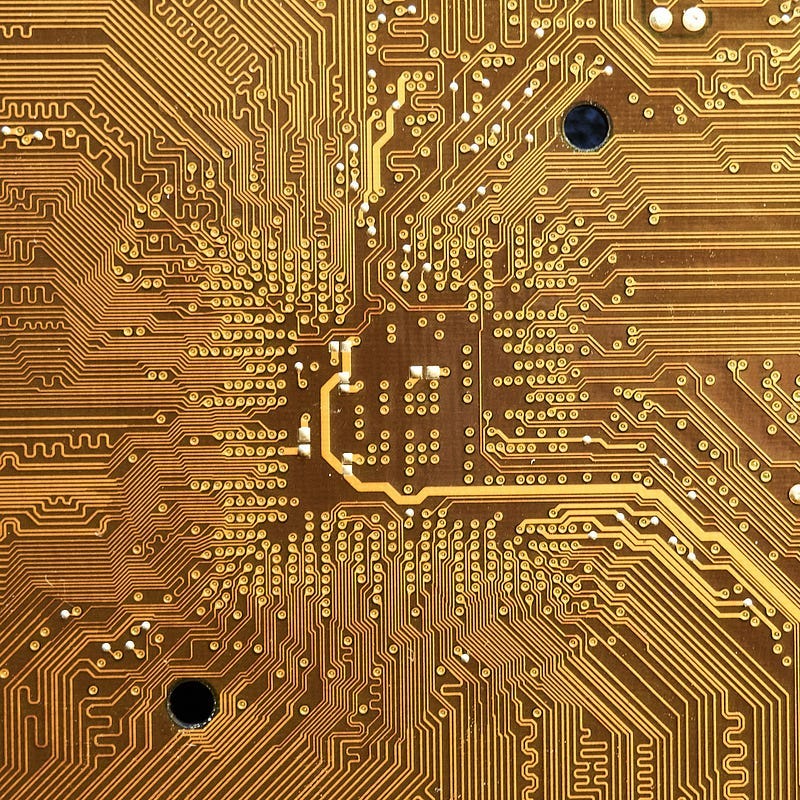Pioneers of the Digital Age
Introduction
The modern digital landscape, characterized by ubiquitous computing and instantaneous global communication, represents the culmination of over two centuries of intellectual innovation. This essay examines the pivotal figures whose contributions shaped computing history, analyzing not only their technical achievements but also their broader impact on society and technological development. Through understanding these pioneers, we gain crucial insights into both the evolution of computing and its future trajectory.
The Victorian Visionaries: Laying the Theoretical Foundation
Charles Babbage and the Mechanical Dream
In the industrial landscape of Victorian England, Charles Babbage conceived of machines that transcended the simple calculators of his era. His Difference Engine, designed to compute mathematical tables, represented the first serious attempt to automate complex calculations. However, it was his subsequent design, the Analytical Engine, that truly revolutionized computational thinking. This machine incorporated the essential elements of modern computers: a “store” (memory), a “mill” (processor), and a programming mechanism using punched cards.
Babbage’s work extended beyond mere mechanical innovation. His collaboration with manufacturers led to significant advances in precision engineering, while his economic writings influenced the development of operational research. Though his machines remained largely unbuilt during his lifetime, their theoretical framework established the architectural principles that would guide computer design for generations.
Ada Lovelace: Beyond Calculation
Augusta Ada King, Countess of Lovelace, transcended the traditional scientific boundaries of her time. While her contemporary society often relegated women to peripheral roles in scientific discourse, Lovelace’s mathematical brilliance and visionary insight enabled her to recognize the universal potential of Babbage’s Analytical Engine. Her notes on the engine, particularly her algorithm for calculating Bernoulli numbers, represent the world’s first computer program.
Lovelace’s most profound contribution lies in her recognition that computational machines could manipulate symbols according to rules, extending beyond mere numerical calculation. This conceptual leap anticipated modern computing’s ability to process text, graphics, and music. Her understanding of the relationship between mathematics and poetic science, influenced by her unique upbringing as Lord Byron’s daughter, brought a humanitarian perspective to early computing theory.
The World War II Era: Computing Comes of Age
Alan Turing: Mathematics Meets Machinery
Alan Turing’s contributions to computing encompass both theoretical breakthroughs and practical innovations. His concept of the Universal Turing Machine provided the mathematical foundation for computational theory, demonstrating that a single machine could simulate any other computing device. This theoretical work established the limits and possibilities of computational systems, influencing everything from programming language design to artificial intelligence research.
Turing’s wartime work at Bletchley Park, particularly his role in breaking the Enigma code, demonstrated the practical potential of mechanical computation. The development of the Bombe machine, though not a general-purpose computer, illustrated how mathematical principles could be embedded in practical computing devices. Turing’s later work on artificial intelligence, including the famous Turing Test, continues to influence discussions about machine intelligence and consciousness.
Grace Hopper: Democratizing Programming
Rear Admiral Grace Hopper’s contributions fundamentally transformed the accessibility of computing. Recognizing that the future of computing lay in making machines more comprehensible to human operators, she pioneered the development of human-readable programming languages. Her work on the UNIVAC I compiler demonstrated that computers could translate human-readable code into machine instructions, laying the groundwork for modern programming languages.
The development of COBOL under Hopper’s guidance represented more than just technical innovation; it democratized programming by creating a language that business professionals could understand and use. Her famous motto, “It’s easier to ask forgiveness than permission,” reflected an approach to innovation that continues to influence modern software development culture.
The Digital Revolution: Computing Becomes Universal
Tim Berners-Lee and the Connected World
Sir Tim Berners-Lee’s creation of the World Wide Web represents one of the most transformative innovations in computing history. While working at CERN, he recognized the need for a universal system to share information across different computer systems. His development of HTTP, HTML, and the concept of URLs created the foundation for the modern web.
Berners-Lee’s decision to make his protocols freely available, without patents or royalties, exemplifies how open standards can drive global innovation. His continued advocacy for net neutrality and digital rights demonstrates an understanding that technological frameworks have profound social and political implications.
Contemporary Innovators and Their Legacy
The modern computing landscape has been shaped by figures who built upon these historical foundations. Linus Torvalds’ development of Linux demonstrated the power of open-source development, creating an operating system that now powers much of the internet’s infrastructure. Steve Jobs and Steve Wozniak’s work at Apple transformed personal computing from a hobbyist pursuit into a mainstream technology through innovative design and user-friendly interfaces.
Conclusion
The history of computing reveals a pattern of innovative thinking that combines mathematical insight, engineering precision, and social awareness. These pioneers not only solved technical problems but also expanded our understanding of what computers could become. As we face new challenges in artificial intelligence, quantum computing, and digital ethics, their examples remind us that technological advancement requires both technical excellence and humanitarian vision.





